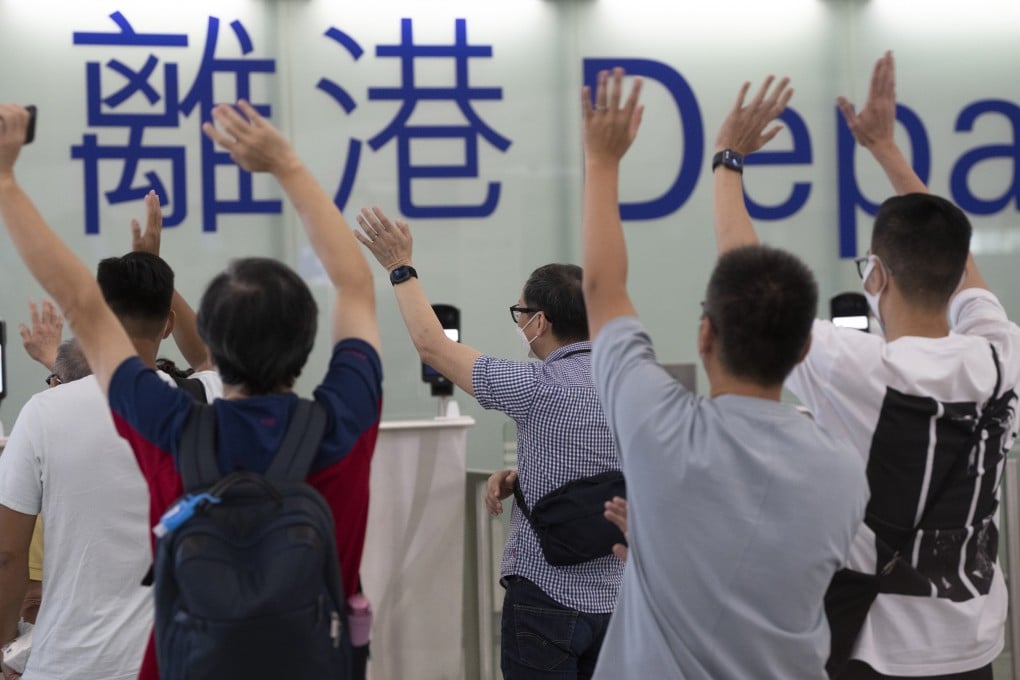Hong Kong’s population drops for 3rd straight year, while city posts net outflow of 60,000 residents in 2022
- City’s record low 32,500 births marks sixth consecutive year of decline, which Professor Paul Yip from HKU suggests will not be reversed any time soon
- Government argues net outflow includes movement of Hong Kong residents into and out of city for various purposes such as work, study and migration

Hong Kong’s population has dropped for a third straight year, with a net outflow of 60,000 residents contributing to a decline of nearly 1 per cent in 2022.
According to official figures released on Thursday, the city’s population dipped 0.9 per cent from the year before to 7,333,200 in 2022, while births plunged to a record low of 32,500. The overall population drop was deeper than the previous year’s 0.3 per cent decrease.
About 62,100 deaths were recorded last year, outweighing births by 29,600. It was the third consecutive year that there were more deaths than births in Hong Kong, after the city recorded its first ever negative natural population growth in 2020.
The net outflow of 60,000 residents reported by the Census and Statistics Department suggests the city’s emigration wave has continued against the backdrop of stringent Covid-19 controls and Hongkongers accessing new pathways to settle overseas.
Local authorities logged a net outflow of 27,300 in 2021, when some foreign countries introduced the dedicated immigration pathways.
The government said the figures included the movement of Hong Kong residents in and out of the city for various reasons, such as work, study and migration.
“The breakdown of figures is not available. Hong Kong residents travelling abroad are not required to declare to the government their purpose of travel. Therefore, the government does not have direct statistics on emigration of Hong Kong residents,” it said.